|
The Selenium D220Ti is an alternative to the Eminence PSD2002. Both are priced at $79.99 at Parts Express. The difference between the two is with the Selenium, you get the super highs (above 10kHz). In the process, you sacrifice some robustness that the PSD2002 is known for. That doesn’t mean the Selenium is fragile. Used within it’s limits, it will perform as specified. Compression drivers are damaged because they are over-driven. So, they die from abuse or there’s an idiot behind the mixer. Either way, there’s no cure for that.
Fig 1 is the RAW response of the Selenium D220Ti with the XT1086. There are no nasty peaks or dips except for the notch at 14kHz. It shares the same attributes with the Eminence PSD2002 in that when the bump at 1.8kHz is equalized flat, the resulting response is flat from 1.4kHz~10kHz. That means no CDEQ is necessary to obtain Constant Directivity. However, beyond 10Kz, it doesn’t die off abruptly like in the PSD2002. With this D220Ti, there is a linear roll-off to 20kHz.
The Impedance plot of the D220Ti with the XT1086 is in Fig 2. The Fs is at a low of 674.9Hz. That is far away from my intended crossover frequency of 1.8kHz so that peak will not present any problems. It is the two smaller bumps to the right that may be of some concern because that’s where my crossover corner frequency is at. If they interfere with my crossover, I will have to flatten them. I may get lucky because their peaks are much lower then the one at Fs. Only when working on the crossover will I be able to determine whether any conjugate networks are needed.
The Wavelet in Fig 3 shows some artifacts emanating from 8kHz. They don’t last more than 1msec so they are not harmful. There is a stronger one at about 1.8kHz but it loses it’s energy after 2msec.
The artifacts at 8kHz is clearly seen in the Waterfall (Fig 4). In this plot, it is at 9kHz and by 1msec, the artifacts are about 20dB down. Apart from that, there are very few other artifacts.
The Toneburst plot shows minimal artifacts except those at 9Khz. The last for only 10 cycles. Nothing to worry about.
No anomaly is seen in the Distortion plot (Fig 6). The Total Harmonic Distortion is at 0.945%. 2nd harmonic is slightly high at 0.786% whereas the 3rd is impressively low at 0.118%. I expect the distortion to be lower once I high pass the combo at 2kHz. Summary The Selenium D220Ti makes my list for compression drivers suitable for the 18 Sound XT1086 horn. It is an important addition because it’s not too costly yet performs rather well. According to Selenium specs, 1.5kHz (12dB/oct) is the recommended minimal crossover frequency. This actually fits the roll-off depicted in Fig 1. However, I feel it may compromise the D220Ti robustness at such a low frequency in pro use. Personally, I prefer to cross at 2kHz (24dB/oct). For home use, 1.5kHz should be fine as long as one is playing at sane levels. Unless otherwise stated, all measurements were made in Full Space (4 pi) with the mic at 36 ins, tweeter axis. Impulse Window=5ms. No smoothing applied. |

April 13, 2023Drivers Evaluation, PRO DRIVERS
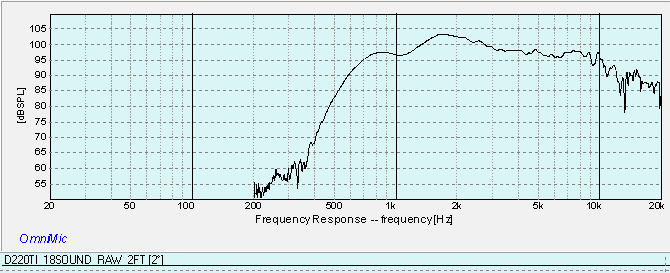 Fig 1 – 18Sound XT1086 with Selenium D220Ti RAW Frequency Response.
Fig 1 – 18Sound XT1086 with Selenium D220Ti RAW Frequency Response.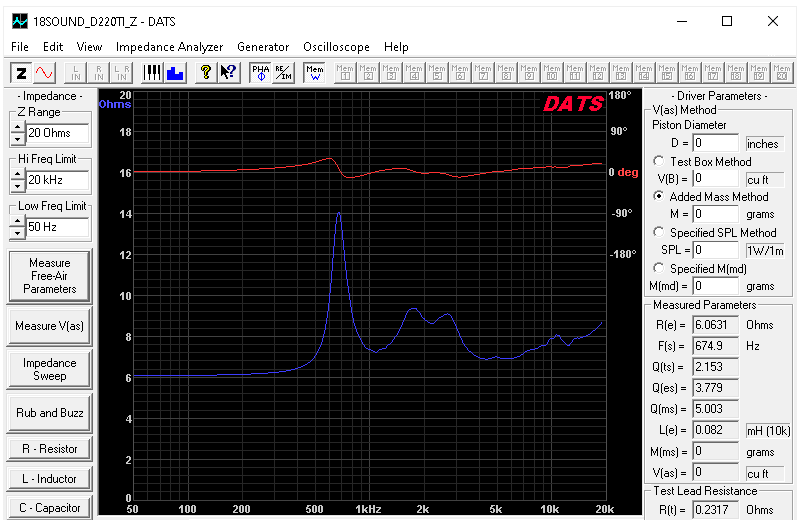 Fig 2 – 18Sound XT1086 with Selenium D220Ti Impedance
Fig 2 – 18Sound XT1086 with Selenium D220Ti Impedance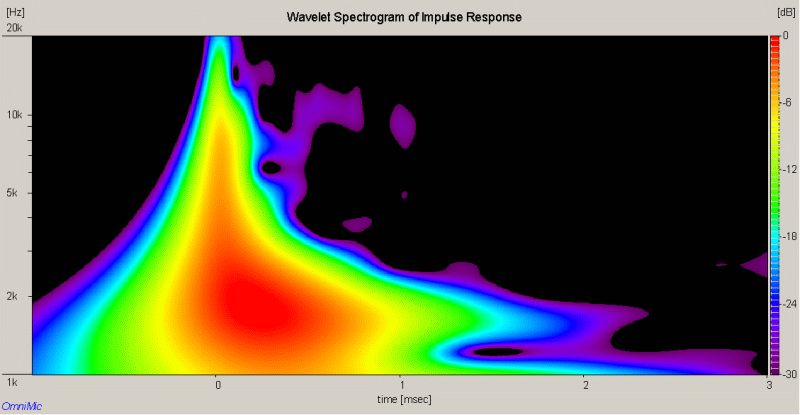
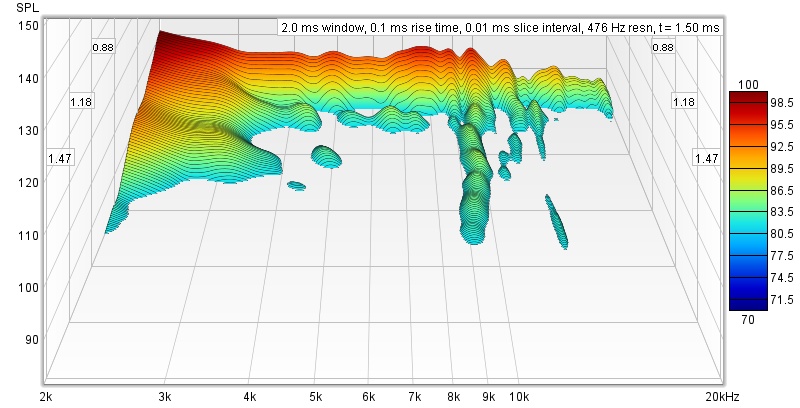 Fig 4 – Waterfall of 18Sound XT1086 with Selenium D220Ti
Fig 4 – Waterfall of 18Sound XT1086 with Selenium D220Ti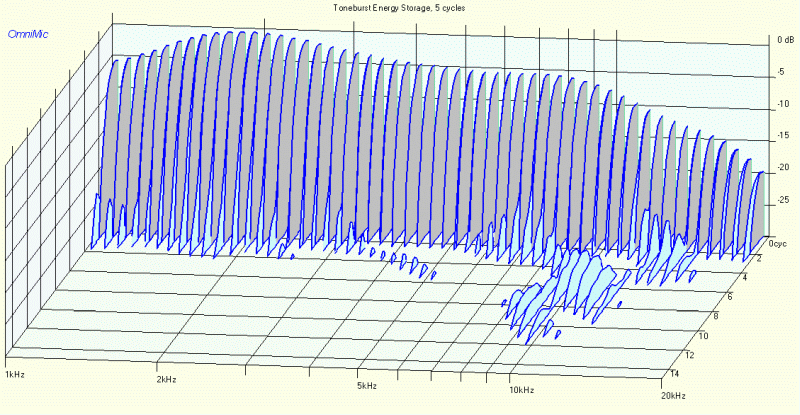 Fig 5 – ToneBurst Energy Storage of 18Sound XT1086 with Selenium D220Ti
Fig 5 – ToneBurst Energy Storage of 18Sound XT1086 with Selenium D220Ti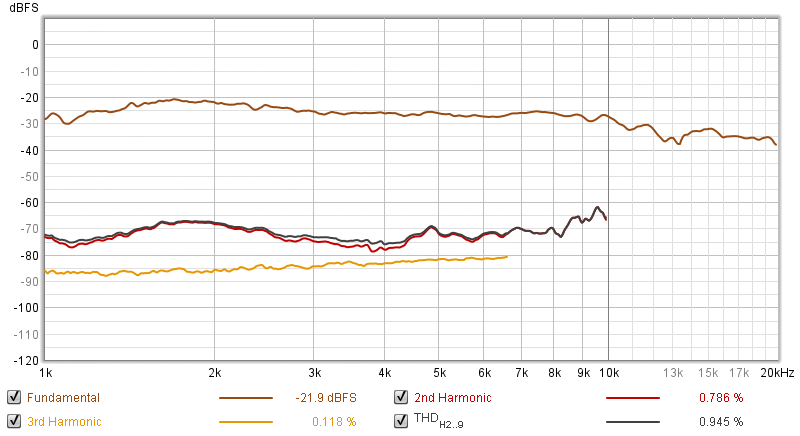 Fig 6 – Harmonic Distortion of 18Sound XT1086 with Selenium D220Ti
Fig 6 – Harmonic Distortion of 18Sound XT1086 with Selenium D220Ti